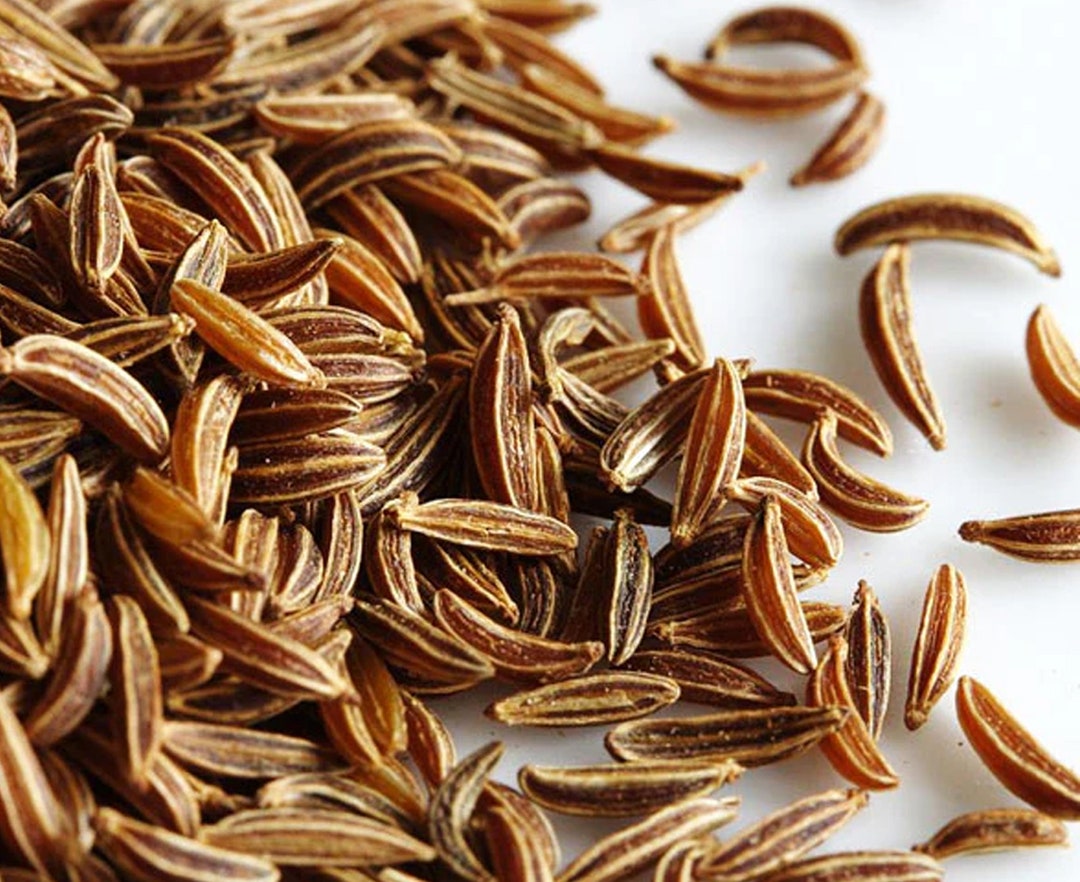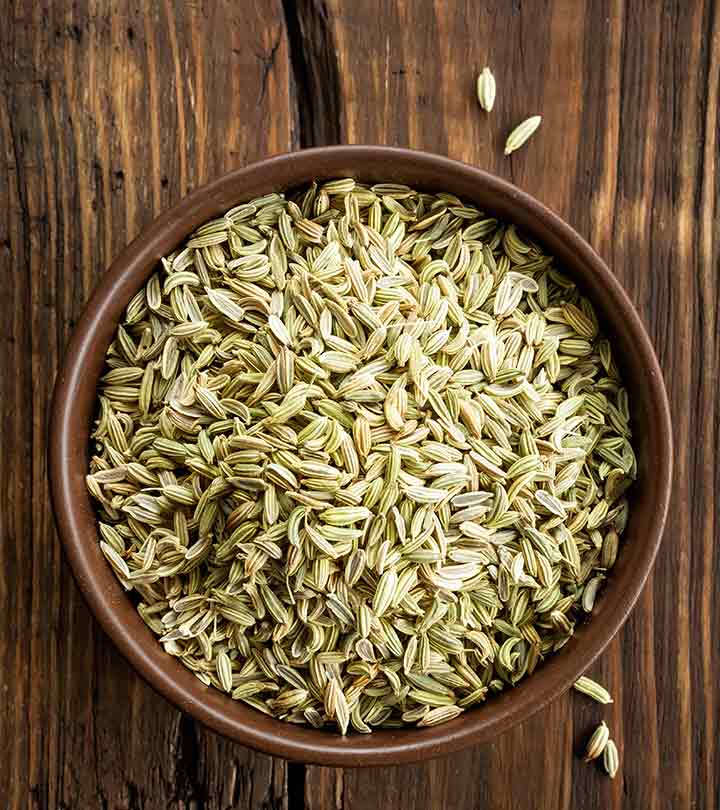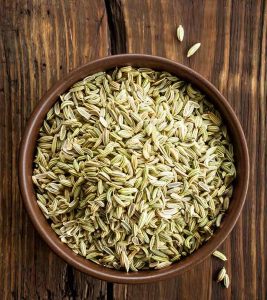Introduction

In this article, we will delve into the world of aniseed aromatics by exploring the differences between fennel and caraway. These two spices have long been used in various cuisines for their distinct flavors and aromatic properties. We will examine the characteristics and appearances of both fennel and caraway, their culinary uses, and the similarities and differences in their flavors and aromas. By understanding these unique qualities, you will be able to choose the right spice for your needs and enhance your culinary creations with their delightful and intriguing profiles.
Background On Fennel And Caraway
Fennel and caraway are both members of the Apiaceae family, commonly known as the carrot family. Fennel (Foeniculum vulgare) is native to the Mediterranean region and has been used for centuries in culinary and medicinal applications. It is known for its feathery leaves, yellow flowers, and distinctive licorice-like flavor. Caraway (Carum carvi), on the other hand, is native to Central Europe and Western Asia. It has finely divided leaves and white or pink flowers, and its flavor is often described as warm and slightly sweet. Both fennel and caraway have a rich history and continue to be popular in various cuisines worldwide.
Importance Of Aniseed Aromatics
Aniseed aromatics, such as fennel and caraway, play a significant role in various cuisines and traditional medicine practices. These herbs not only add unique flavors and aromas to dishes but also offer several health benefits. Aniseed aromatics are believed to aid digestion, promote respiratory health, and possess antimicrobial properties. They are commonly used in teas, soups, stews, baked goods, and liquors. Additionally, these herbs are rich in essential oils, vitamins, and minerals, making them a valuable addition to a healthy diet. Whether in the kitchen or for medicinal purposes, aniseed aromatics offer a range of uses and benefits.
Fennel Overview

Fennel, derived from the Foeniculum vulgare plant, is a versatile herb with a long history in culinary traditions. It is characterized by its feathery green leaves, slender stalks, and umbrella-like clusters of yellow flowers. Fennel offers a distinct anise flavor with a hint of sweetness, making it a popular addition to salads, soups, and roasted vegetables. The seeds of fennel are also commonly used in baking and as a digestive aid. With its unique aroma and flavor, fennel adds depth and complexity to a wide range of dishes.
Characteristics And Appearance Of Fennel
Fennel, with its botanical name Foeniculum vulgare, is an herb that boasts distinctive characteristics and a unique appearance. It features feathery green leaves, long and slender stalks, and clusters of small, yellow flowers that resemble umbrellas. The plant can grow up to 6 feet in height and is known for its aromatic scent. Fennel also produces small, oval-shaped seeds that have a pale green or yellow color. These seeds are widely used in cooking and baking for their strong flavor and medicinal properties. Fennel’s appearance adds elegance and beauty to any garden or dish.
Culinary Uses Of Fennel
Fennel seeds are a versatile ingredient that adds a distinct flavor and aroma to a variety of dishes. They are commonly used in Mediterranean and Italian cuisines. The seeds can be ground and used as a spice in marinades, rubs, and sauces. They pair well with seafood, roasted vegetables, and meats such as pork and chicken. Additionally, fennel seeds can be used to flavor baked goods, such as cookies and bread. Its sweet and licorice-like taste adds a unique dimension to both savory and sweet dishes.
Caraway Overview

Caraway, scientifically known as Carum carvi, is a biennial herb belonging to the Apiaceae family. It is native to Europe, Western Asia, and North Africa. Caraway plants have feathery leaves and produce small, crescent-shaped seeds that possess a warm, earthy, and slightly peppery flavor. These seeds are brown in color and have a pungent, aromatic aroma. Caraway seeds are commonly used in European and Middle Eastern cuisines, adding a distinct flavor to dishes such as rye bread, sauerkraut, and various traditional stews. They are also known for their medicinal properties and are used as a digestive aid and to relieve bloating.
Characteristics And Appearance Of Caraway
Culinary Uses Of Caraway
Caraway seeds are widely used in various cuisines for their distinct flavor and aroma. They add a unique earthy and slightly sweet taste to dishes. Here are some common culinary uses of caraway:
- Baking: Caraway seeds are often sprinkled on breads, rolls, and biscuits, adding a delightful crunch and flavor.
- Sauerkraut: Caraway seeds are a popular ingredient in sauerkraut, enhancing its tangy and fermented taste.
- Pickles: Caraway seeds can be added to pickling recipes, providing an aromatic twist to preserved vegetables.
- Soups and stews: Caraway seeds are commonly used in soups and stews, imparting a warm and savory essence.
- Cheese and spreads: Caraway seeds can be incorporated into cheese, spreads, or dips to enhance their flavor profile.
Whether used as a spice or a topping, caraway seeds bring a distinctive and aromatic element to a wide range of dishes.
Aromatics Similarities

Aromatics Similarities:
Fennel and caraway share some common aromatic qualities that make them stand out in the culinary world. Both herbs have a distinct aniseed flavor and aroma, which adds a touch of sweetness and earthiness to dishes. These aromatic similarities make them excellent choices for enhancing the taste of breads, pickles, soups, and stews. Additionally, both fennel and caraway offer several health benefits, such as soothing digestive issues and promoting overall wellness. Their shared aromatics provide a versatile and flavorful addition to various cuisines, making them popular choices among chefs and home cooks alike.
Comparing The Aromas Of Fennel And Caraway
Shared Benefits And Applications
Both fennel and caraway offer several shared benefits and applications. Here are some common uses for these aniseed aromatics:
- Digestive Aid: Both fennel and caraway have been used traditionally as digestive aids, helping to relieve indigestion, bloating, and gas.
- Culinary Uses: Both herbs are popular in cooking, adding a unique flavor to various dishes. Fennel is often used in soups, salads, and Mediterranean cuisine, while caraway is commonly used in bread, sauerkraut, and Eastern European dishes.
- Tea Infusions: The seeds of both fennel and caraway can be used to make soothing and aromatic teas that can help with digestion and promote relaxation.
- Herbal Remedies: Fennel and caraway are also used in herbal remedies to alleviate symptoms of coughs, colds, and respiratory issues.
- Essential Oils: The essential oils derived from fennel and caraway seeds are utilized in aromatherapy for their calming and soothing effects.
Incorporating fennel and caraway into your daily routine can provide various health benefits and enhance the flavors of your culinary creations.
Differences Between Fennel And Caraway

Contrasting Flavors And Aromas
Distinct Culinary And Medicinal Uses
Conclusion

In conclusion, the comparison between fennel and caraway seeds reveals two aniseed aromatics that have made a significant impact in the culinary world. With their distinct flavors and fragrances, these seeds have been cherished and utilized in various cuisines across the globe. Whether it’s the Mediterranean cuisine featuring fennel or the hearty Eastern European dishes incorporating caraway, both seeds offer a fusion of flavors and cultural experiences. Embrace the unique characteristics of fennel and caraway, experiment with their culinary uses, and embark on a flavorful adventure that expands your culinary horizons.
Choosing The Right Aniseed Aromatic For Your Needs
When it comes to choosing between fennel and caraway seeds, it all depends on your specific needs and preferences. If you’re looking for a milder, slightly sweet flavor with a licorice-like undertone, fennel seeds are the way to go. On the other hand, if you desire a stronger, earthy flavor with a hint of pepperiness, caraway seeds are a better choice. Consider the cuisine you’re preparing, the flavors you want to enhance, and the overall profile you’re aiming for. Both fennel and caraway offer unique and bold flavors, so choose the one that best suits your culinary creations.
Final Thoughts And Recommendations
When it comes to choosing between fennel and caraway seeds, it all depends on your specific needs and preferences. If you’re looking for a milder, slightly sweet flavor with a licorice-like undertone, fennel seeds are the way to go. On the other hand, if you desire a stronger, earthy flavor with a hint of pepperiness, caraway seeds are a better choice. Consider the cuisine you’re preparing, the flavors you want to enhance, and the overall profile you’re aiming for. Both fennel and caraway offer unique and bold flavors, so choose the one that best suits your culinary creations.
Frequently Asked Questions: Fennel vs Caraway
- What is the difference between fennel and caraway?
Fennel and caraway are both aromatic plants belonging to the same family (Apiaceae), and they look somewhat similar. However, they have distinct flavor profiles and different culinary uses. - What does fennel taste like?
Fennel has a mildly sweet and licorice-like taste. It offers both fresh and warm notes with a crisp texture. Its flavor is often described as refreshing and has a hint of anise. - What does caraway taste like?
Caraway has a strong, pungent, and slightly bitter taste. Its flavor resembles a blend of anise and dill, with earthy and peppery undertones. - Can fennel be used as a substitute for caraway and vice versa?
While both fennel and caraway have similarities in their flavors, they cannot be considered direct substitutes for each other. Fennel can enhance dishes that require a touch of anise flavor, while caraway adds its own distinct flavor profile to recipes. - What are the culinary uses of fennel?
Fennel is used in both raw and cooked forms. Its bulb, leaves, and seeds are all edible. The bulb is often thinly sliced and added to salads, while the leaves can be used as a herb or garnish. Fennel seeds are commonly used in baking, seasoning fish, sausages, and pickling vegetables. - What are the culinary uses of caraway?
Caraway seeds are commonly used in various cuisines for their distinctive flavor. They are often added to rye bread, sauerkraut, stews, soups, and are also used in the preparation of cheeses and liqueurs. - Are there any medicinal benefits associated with fennel and caraway?
Fennel and caraway both have a history of traditional medicinal uses. Fennel is known to aid digestion, relieve bloating and gas, and has potential anti-inflammatory properties. Caraway is often used to alleviate indigestion, colic, and promote appetite. - Can fennel and caraway be used in the same recipe?
Fennel and caraway can be used together in certain recipes to create a unique blend of flavors. They work harmoniously in dishes like sausages, roasted vegetables, and bread. The combination can add complexity and depth to the overall taste.
In summary, while fennel and caraway share some similarities, they have distinct flavor profiles and different culinary uses. Understanding their characteristics can help you choose the right ingredient for your recipes. Experimenting with both can open up exciting possibilities in the kitchen!

Everyone has had a recipe that looked great on paper but ended up burning once you got into the kitchen. Obviously, a recipe isn’t just about what ingredients go into it. Knowing how you prepare a dish has a strong impact on how it finally tastes.